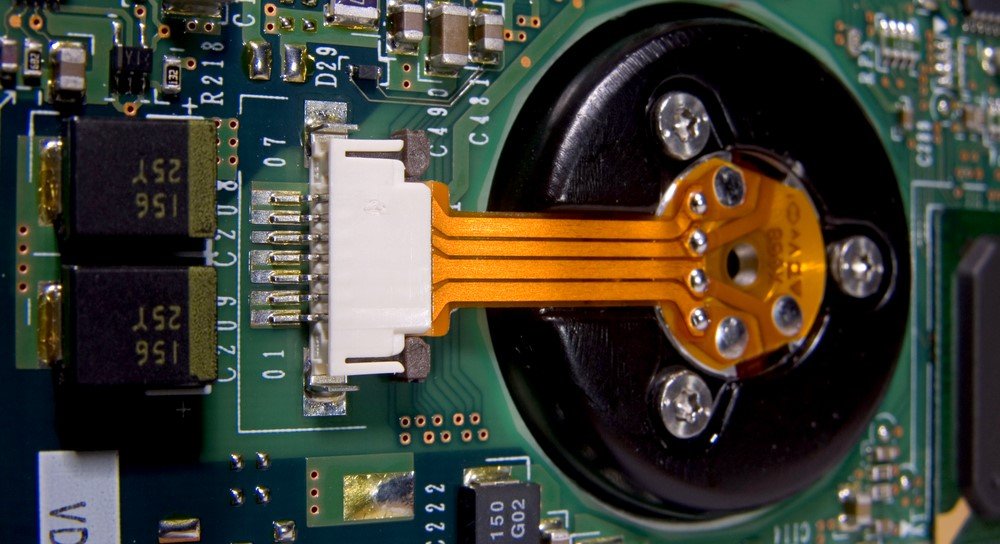When the base material of the printed circuit board is taken into account, the PCBs can be classified into two type i.e. flexible circuit boards and rigid circuit boards. The rigid circuit boards are made of substrate material which can range from glass epoxy resin material to ceramic and Teflon material. In case of flexible Printed Circuit Boards or flexible circuits, the substrate material is mostly a thin film of Polyimide and Polyester. The thickness of the substrate material can be same for the two types of the printed circuit boards but the flexible properties are greatly different.
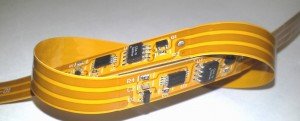
A flexible circuit in its essence is an array of conductors which provide an alternate for the traditional use of the wire harness. The flexible circuits are mostly used to replace wiring and connectors. A circuit board can be made to bend a little bit to conform to the requirements of the space but can never match the flexibility of the flexible circuits and can never provide the same level of the alternate for the wire harness as the flexible circuits can provide.
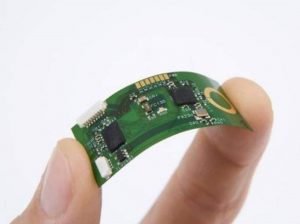
The flexible printed circuit boards like rigid circuit boards can be of single to multi-flex layers depending on the type of applications they are used in. The multilayer flexible Printed circuit boards provide even more flexibility as compared with the multilayer rigid Printed Circuit Boards. One of the biggest advantages of flexible PCBs over the rigid PCBs is their ability t assume the three-dimensional shape. This ability provides room for higher density applications to be covered by the flexible printed circuit boards more efficiently as compared with the rigid printed circuit boards.
Depending on the application of the flexible Printed Circuit Boards, they can be classified into two main categories i.e. Rigid-flex Printed Circuit Boards and HDI flexible Printed Circuit Boards
Rigid-Flex Printed Circuit Boards
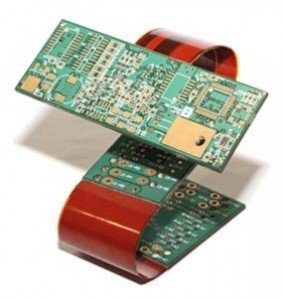
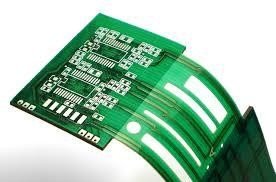
Rigid-flex Printed Circuit Boards are a mix of both rigid and flexible Printed Circuit Boards which gathers together the significant properties of both types and hence greatly increasing the design capabilities of the integrated circuits. In rigid-flex Printed Circuit Boards, the rigid circuits can be connected together through flex connections as when rigid areas are excellent as rigid mounting chassis, the flexible connectors are better for connection in order to greatly reduce vibration resistance zones and provide flex to fix ability for the Printed Circuit Boards.
HDI Flex Printed Circuit Boards
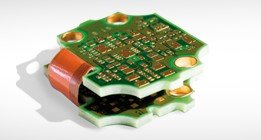
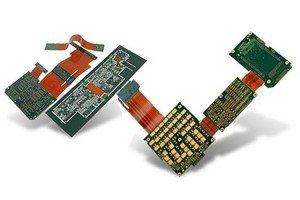
High density interconnected Printed Circuit Boards are used when the features provided by mainstream flexible Printed Circuit Boards are not adequate. They make the used of micro-via for greater density applications and provide better construction and layout options for the designers. HDI technology uses thinner material while provides greater reliability as compared to ordinary flexible circuits.
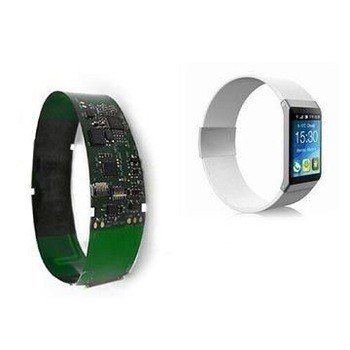
The advantage of using flexible circuits is numerous as they provide the replacement for wire harness by greatly reducing the use of wires and connectors. It is estimated that the use of flexible circuits reduces the size and cost of wiring required in a conventional circuit by 75% while retaining the efficiency of operation and reliability of the conventional circuits. The errors during wire routing are reduced. The connections are efficient as heat dissipation by foil conductors and the current carrying capability is better as compared to the wires of the same cross-sectional areas.
It also eliminates the need to color code the wires and making them into bundle thus driving the volume production up while at the same time driving the cost of manufacture down. The failure during the assembly in case of flexible Printed Circuit Boards is also less as compared with the rigid Printed Circuit Boards.
The flexible circuits are resistant to resistance and shock and hence the cost of repair and replacement is greatly reduced as compared with the rigid circuits. On flexible circuits, the bonded stiffeners can be placed in order to achieve the greater mounting capability of rigid Printed Circuit Boards in the flexible Printed Circuit Boards.
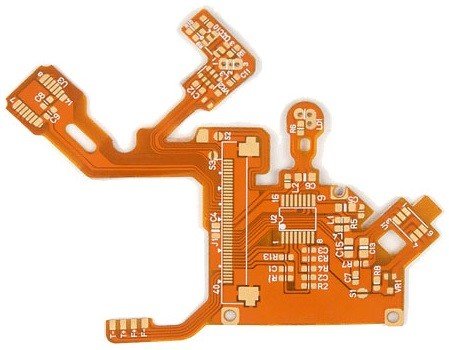
Flexibility of flex Printed Circuit Boards provide greater design improvements of the devices as they can take various geometrical shapes without effecting the operation of the circuits. They can take up three dimensional shapes, can be fit into small sizes and work perfectly unlike rigid circuits which cannot bend beyond their specified limits hence greatly reducing the design innovation for the devices.
The flexibly circuits being made of polyimide films are also light in weight as compared with the rigid circuits and hence result in light weight devices. The flexible circuits have anti-vibration benefits and can be used in harsh environments.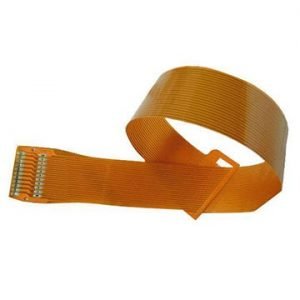
Flexible Printed Circuit Boards thus greatly becoming more common by the day due to the enumerate advantages they provide which is also resulting in reducing the cost of manufacture associated with the flexible Printed Circuit Boards.
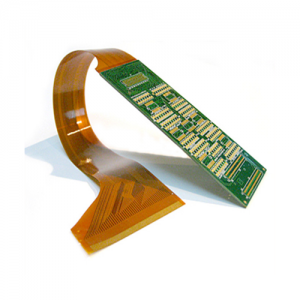
Synergize PCB Inc. provides solutions for your flexible circuit needs with long term performance for your devices. We adhere to international norms and standards of manufacturing and our products can compete in quality and reliability anywhere in the international arena.

